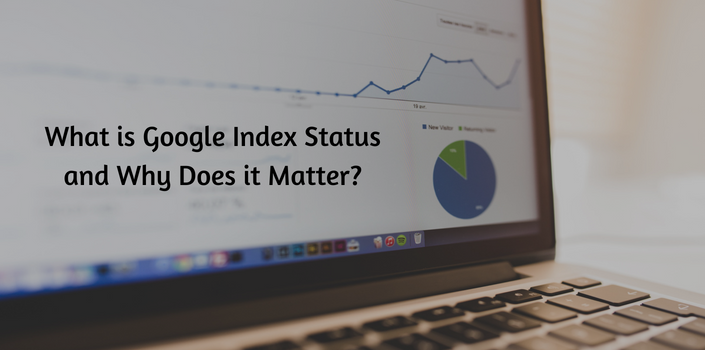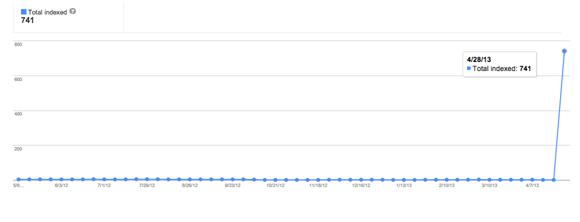What is Google Index Status and Why Does It Matter?

One of the common misconceptions people have of Google is that when they use Google, they are searching the web. They aren’t searching the web at all. They are searching Google’s index status of the web. One of the best ways to think about this is to think of how a library was once organized. Back in the day, OK ten years ago, when you went to find a book you went to the card catalog to find a book on a particular subject. If the card within the card catalog did not exist, you couldn’t find the book in the library.
Google works in a similar manner. Every hour of every day, Google is clicking on links to see where they go. They start on major websites like Wikipedia, the New York Times and their spiders go through the entire website and click on links that take them to other websites, where they repeat the process and go onto more and more until they reach presumably every website that has a link to other websites. As the spiders crawl over the web, they send information back to Google about what the website is about by looking at various keywords on the site. Google’s index stores this information. When people search Google, the Google algorithm will rank the best results from its index in the order of 1 – infinity.
Therefore, in order to have websites rank within Google, the first step is to make sure your site is within the Google index. No matter the work you do to make sure the the site is on the right content management system or has the right keywords in place, if you don’t have those pages within the index, they will not show up in Google search results.
Making Sure Your Site is in Google’s Index
You can accomplish this in two ways.
- You can get a number of links to your website, where eventually the Google spider will come to your website and crawl it and add it to their index. The problem with this methodology is that Google may not crawl or index pages not linked to the main page.
- You can provide Google with a site map and ask them to crawl the site and submit it their index. You can accomplish this with Google webmaster tools and it is the preferred way to get websites into the index. When you update your website, it will update the sitemap and tell Google to index the change.
For example, we helped launch a site on 4/25. The site uses WordPress CMS, which is very search engine friendly, and the yoast plugin through which we generate and send a site map to Google. On 4/26, we added the site map from the WordPress to Google via Webmaster tools and requested Google to recrawl and reindex the site as we had made a major site change. The previous version of the site only had 2 pages indexed, once we requested Google to crawl the site we increased the amount of indexed pages to 741.

This is really one of the first steps in SEO. While the index status has been greatly improved, the actual ranks of each individual page needs to be improved as well. This will happen as the keywords are processed by Google and links are made to the site.
